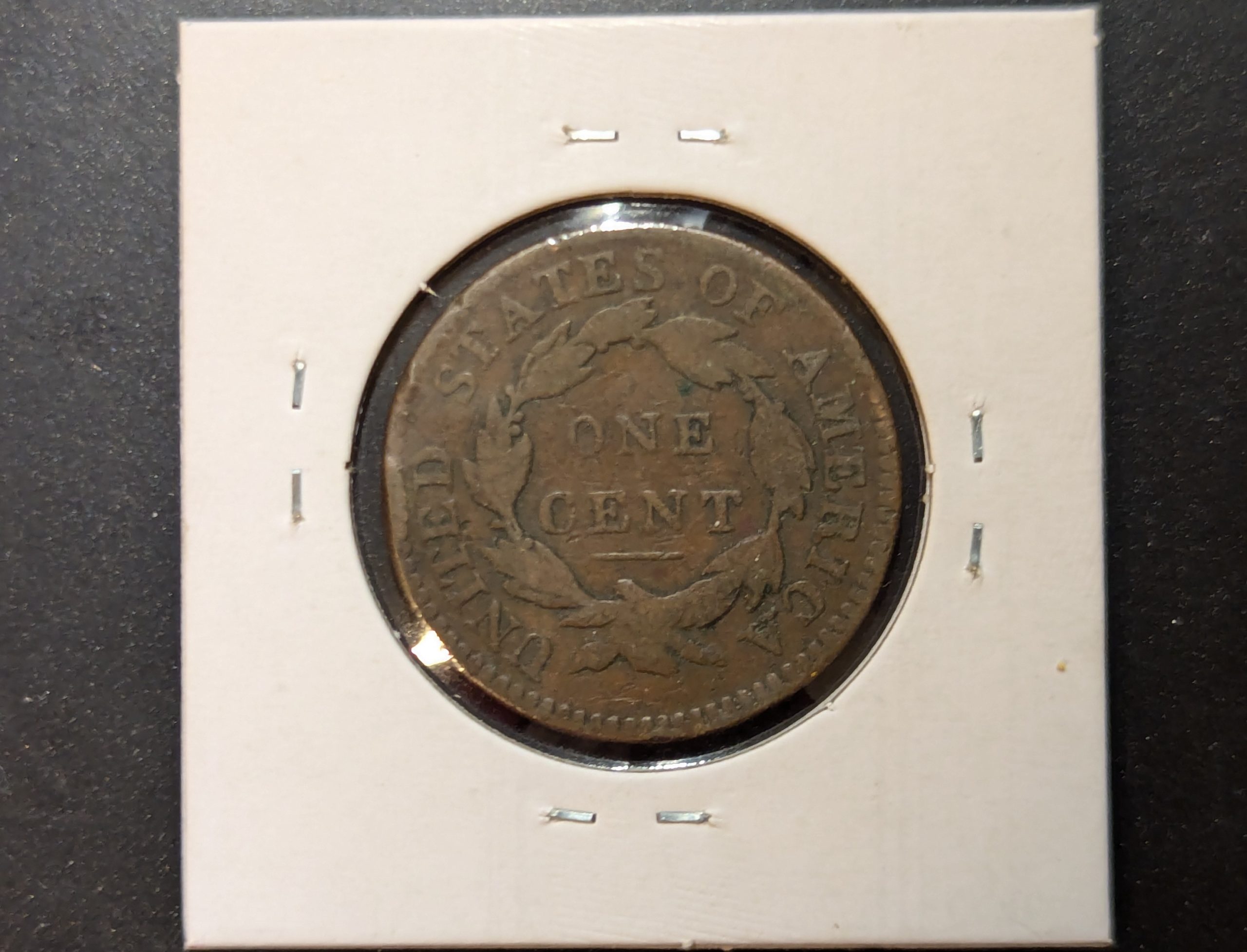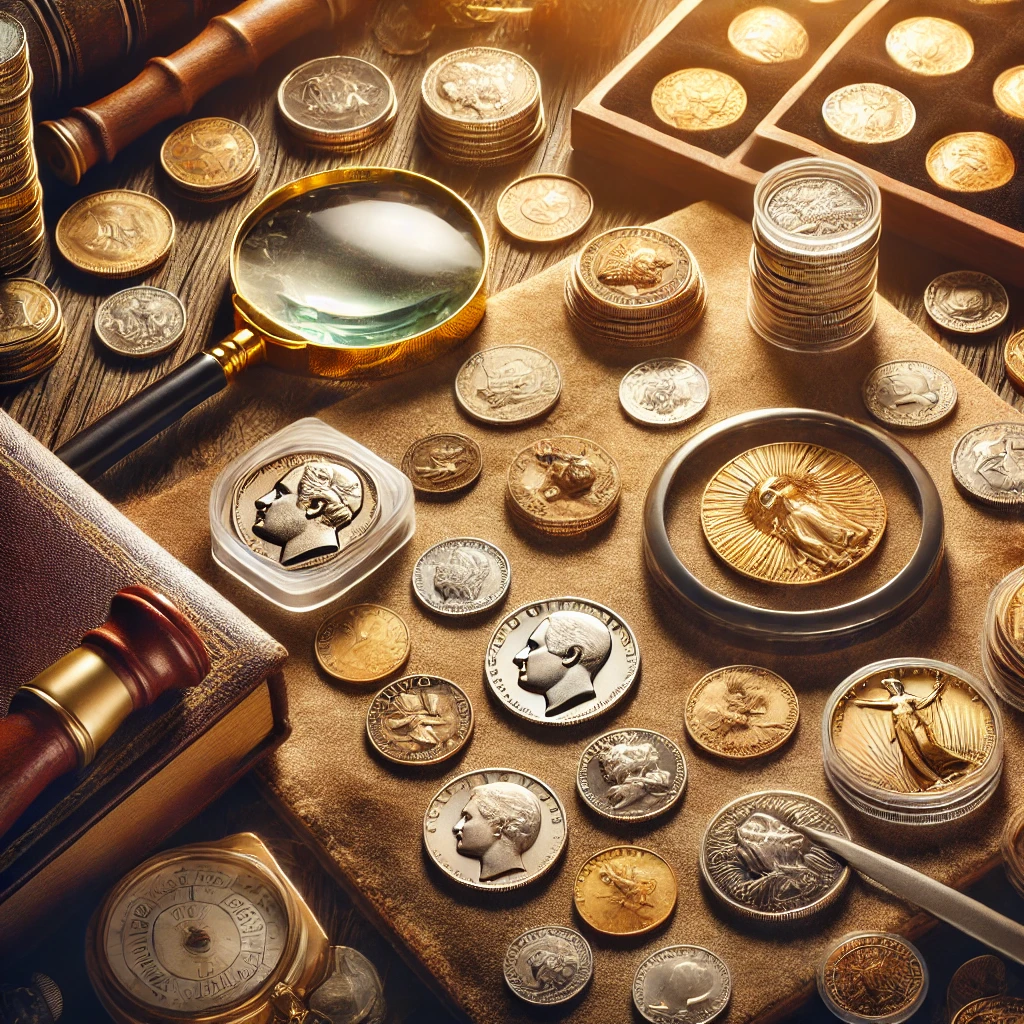Collecting rare coins is a captivating hobby that blends history, artistry, and the potential for investment. Whether you’re drawn to the allure of ancient coins or the gleam of precious metals, this guide will help you embark on your coin collecting journey with confidence.
1. Understand Coin Types
Before diving into the world of rare coins, it’s important to familiarize yourself with the different types of coins available:
- Bullion Coins: Primarily valued for their metal content, bullion coins are typically made of gold, silver, platinum, or palladium. Examples include the American Gold Eagle and the Canadian Maple Leaf.
- Commemorative Coins: Issued to celebrate significant events or anniversaries, these coins are often limited in mintage and can become valuable collectibles over time.
- Circulated Coins: These are coins that have been used in everyday transactions. Some circulated coins, particularly older ones or those with minting errors, can become rare and valuable.
Understanding these categories will help you determine which types of coins align with your interests and goals as a collector.
As a young man, I was introduced to circulated half dollars through my grandparents, who kept a stash under a planter in their home. I later discovered that most of these coins, dated 1964 and earlier, were composed of 90% silver. This made them valuable not just for their numismatic appeal but also for their silver content. Today, I still have some of those silver half dollars, including Kennedy, Franklin, and Walking Liberty halves. I even inherited a silver Washington Carver commemorative half dollar that was passed down to me. This is what helped fuel my passion for collecting coins, discovering other past designs and rarities from there.
2. Research and Education
Knowledge is power in the world of coin collecting. Take the time to educate yourself on key aspects of the hobby:
- Reference Books and Online Resources: Invest in a few authoritative reference books and explore online databases like the NGC or PCGS websites. These resources provide invaluable information on coin values, grading standards, and historical context.
- Coin Clubs and Forums: Joining a local coin club or participating in online forums can be a great way to learn from experienced collectors, discover new coins, and even trade or purchase items for your collection.
In rare coin collecting, knowledge really is power, don’t skimp on this if you plan on spending your hard earned money on it.
3. Learn About Grading
Grading plays a significant role in determining a coin’s value, much like it does with sports cards. If you’re already familiar with sports card grading, you’ll find many similarities in the process.
- Grading Scale: Coins are graded on a scale from 1 to 70, with 70 indicating a perfect, uncirculated coin. Understanding this scale is essential for assessing the value of a coin.
- Professional Grading Services: Consider using professional grading services like the Professional Coin Grading Service (PCGS) or the Numismatic Guaranty Corporation (NGC). These services provide a certified grade that can enhance a coin’s market value.
Having a book that describes grading for specific coin varieties is essential when starting out, but you can also visit coin shows or local coin shops to examine graded coins firsthand and get a feel for what grades are like on different coins and bullion. I always try to make a purchase if I spend time asking to look at items—it’s a perfect excuse to pick up an 1800s U.S. large cent or another fascinating piece of history!


4. Start Small
As with any collecting hobby, it’s wise to start small and gradually build your collection:
- Set a Budget: Determine how much you’re willing to invest in your collection, and stick to it. Starting with a modest budget allows you to learn the ropes without risking too much capital.
- Focus on a Theme: To avoid feeling overwhelmed, consider focusing on a specific theme, such as coins from a particular country, era, or metal type. This approach can make your collecting experience more rewarding and manageable.
5. Proper Storage and Handling
Protecting your coins is essential to maintaining their condition and value:
- Use Protective Cases: Store your coins in acid-free holders, capsules, or albums specifically designed for numismatics. This helps prevent damage from handling, moisture, and environmental factors.
- Controlled Environment: Keep your coins in a cool, dry place, away from direct sunlight. High humidity and fluctuating temperatures can lead to tarnishing or corrosion.
For some coins, I use cotton gloves to avoid leaving fingerprints or marks that could tarnish over time. This is especially important for coins in mint condition or those with a high polish. Even those bright, shiny new pennies you find—if you want to preserve their luster—wearing gloves will make a big difference!
6. Stay Updated
The coin market is dynamic, with values influenced by various factors, including metal prices, market demand, and historical events:
- Market Trends: Stay informed by reading collector magazines, subscribing to numismatic newsletters, and following auction results. This knowledge can help you make informed decisions about buying, selling, or holding onto certain coins.
7. Patience is Key
Rare coin collecting is a long-term pursuit. The value of your collection may appreciate over time, particularly as you acquire more knowledge and make strategic purchases. Patience, along with diligent research and care, can turn your collection into a valuable and cherished asset.


Comments are closed